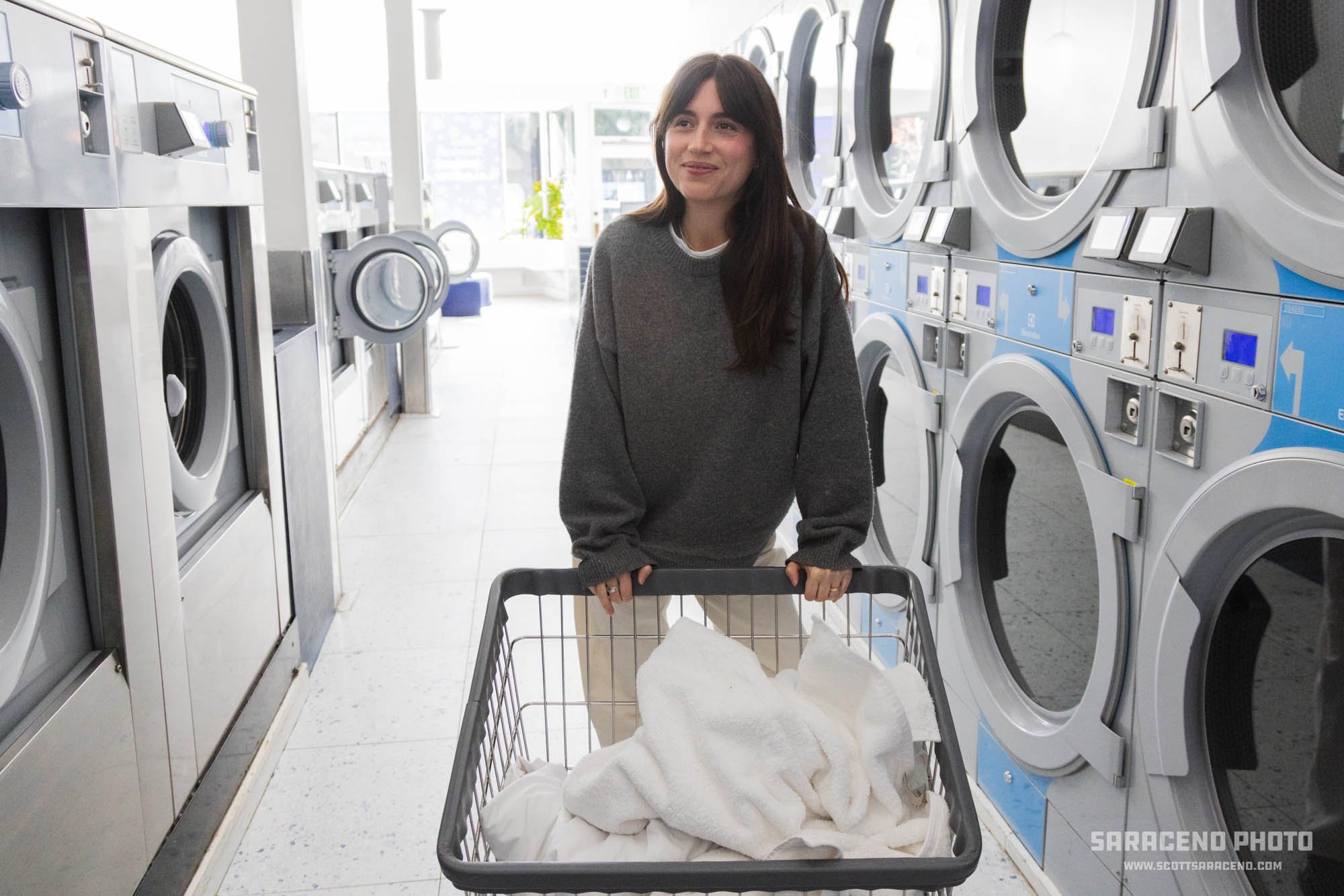The Water Softener System That’s Quietly Saving Homes from Ruined Pipes and Soaring BillsThe Water Softener System That’s Quietly Saving Homes from Ruined Pipes and Soaring Bills

Why You’re Losing the Water War Without Knowing It
Every time you take a shower, wash your hands, or run a load of laundry, your home engages in a quiet but destructive chemical conflict — one that most homeowners never realize they’re part of. The enemy? Hard water. See More:
whole house water softener system reviews
Rich in calcium, magnesium, and other minerals, hard water creates microscopic buildup inside pipes, scorches your appliances with limescale, and clings to everything it touches. And worst of all? It’s invisible — until your plumbing fails or your skin turns dry and itchy.
The only defense? A fully integrated, whole-home water softener system that doesn’t just reduce minerals — it reshapes how your water behaves at a chemical level.
The Rise of Smart Softening: A New Era for Cleaner Water
Not all water softeners are created equal. Today’s high-efficiency systems go beyond simple salt tanks. They use digital sensors, automated regeneration, and flow tracking to actively adapt to your water usage — saving salt, water, and time.
One standout in this new wave of innovation is the SoftPro Water Softener System — a high-performance model trusted by homeowners, builders, and water safety professionals nationwide. Built for both city water households and rural well water systems, it tackles everything from scale and rust to iron staining and soap inefficiency.
Engineered to Protect What You Can’t See
What Makes the SoftPro Water Softener System So Effective?
The system is designed with intelligent flow logic and smart resin tanks that prevent mineral binding before it reaches your fixtures. It handles: Learn More: best softener system
High hardness levels measured in grains per gallon
Iron and manganese, common in private well systems
Sulfur odors using oxidation-compatible filtration media
Chlorine and chloramine neutralization when paired with carbon filtration
Stubborn water quality issues like tannins and acidic pH (with optional components)
But more importantly, it does all this while maintaining strong water pressure, minimizing waste, and delivering crystal-clear, softened water 24/7.
Why It Outshines Others in a Crowded Market
Compared to SpringWell and Aquasana systems that often underperform in iron-heavy environments or require oversized upgrades to handle higher flow rates, SoftPro maintains pressure and clarity without bulky add-ons or inflated pricing.
Its design is rooted in real-world conditions — not just controlled lab specs.

Craig the Water Guy’s Verdict After 25 Years in the Field
As one of the most trusted voices in residential water solutions, Craig Phillips — known as Craig the Water Guy — has reviewed more than a thousand systems across the U.S. His take?
“When a water softener can handle hard minerals, rust, sulfur, and sediment — all without requiring constant babysitting — it becomes more than a system. It becomes peace of mind. That’s exactly what SoftPro delivers. It’s the best water softener I’ve seen for families that don’t want to compromise.”
What You’re Not Asking — But Definitely Should Be
How long does installation take, and is it invasive?
Most systems can be installed within half a day by a plumber. And since SoftPro comes with pre-configured settings and user-friendly connections, the process is clean, efficient, and doesn’t require any invasive retrofitting.
Will soft water feel different?
Yes. You’ll notice it first in the shower and laundry — smoother skin, silkier hair, and clothes that come out cleaner with less detergent. Even dishware will look clearer.
Does this impact drinking water?
It depends on preference. While soft water is safe to drink, some prefer to pair their system with a reverse osmosis filter at the sink for crisp-tasting water with additional contaminant removal. See More:
The Final Word: Don’t Wait for Rust and Scale to Win
Most homeowners don’t act until it’s too late — until pipes clog, appliances break, and fixtures discolor. But the solution isn’t expensive plumbing overhauls or magic potions from a hardware store. It’s a single decision to install a smart, durable, and proven water softener system.
SoftPro doesn’t just fix hard water — it transforms how your entire home experiences water.









